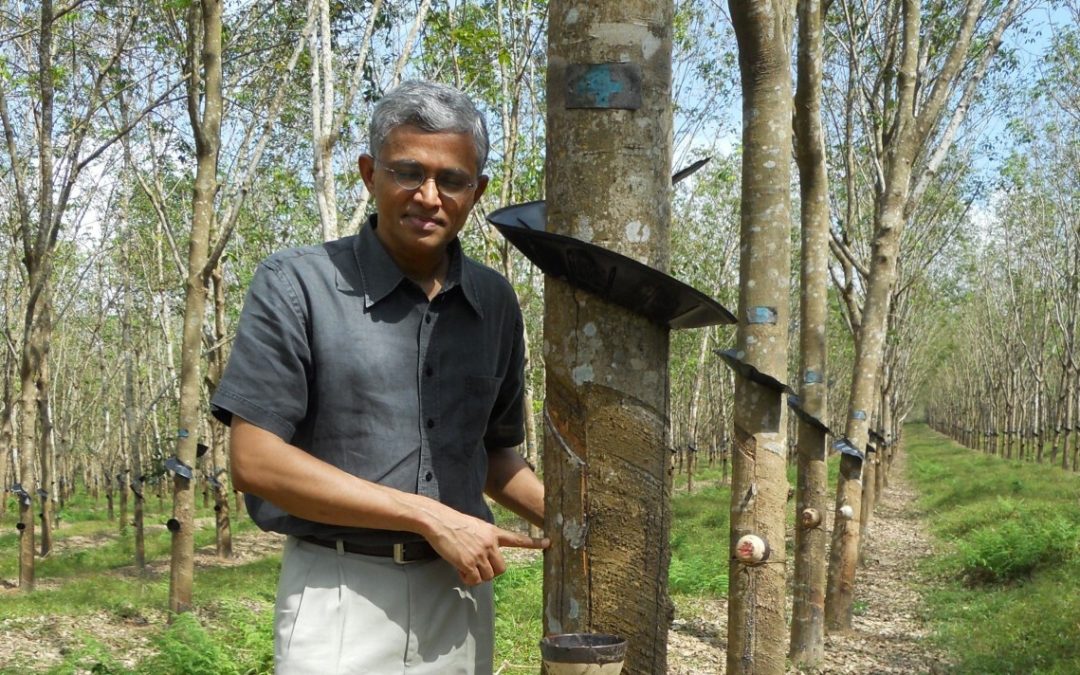“The continuously improving epidemic control situation in Shanghai and Beijing has greatly boosted the confidence of industry insiders, encouraging them to rollout plans to seize opportunities for a potential business peak”, reported China’s state-run Global Times, on Sunday (3 July).
China’s adherence to strict anti-COVID measures, in sharp contrast with the rest of the world, has battered its economy and businesses. By giving a major relief to businesses, China’s major economic hubs, including the financial capital Shanghai, is emerging from the lockdowns. China on 28 June halved the quarantine period at centralized facilities for inbound travelers. The period of subsequent “at home health monitoring” has been slashed to three days, from seven. The “asterisk” system from residents’ “Big Data Itinerary Card” stands removed. The asterisk system was used to identify whether a person had travelled to medium or high-risk areas recently and needed quarantine. Both Shanghai and Beijing which went through stringent lockdowns in the past three months, have now accelerated the resumption of rail and air services, gearing up for a summer travel peak.
While China emerges from the lockdowns, will it bring cheers to natural rubber (NR) market and world’s NR suppliers? Here are some immediate thoughts:
1. China’s manufacturing activities expanded for the first time in June 2022, since February 2022. The official manufacturing PMI rose to 50.2 in June, from 49.6 in the previous month. While a reading above 50.0 indicates expansion of manufacturing activities, a reading below 50.0 represents contraction. Strikingly, China’s manufacturing activities expanded in June despite its major economic and financial hubs remained under lockdowns. The lifting of epidemic curbs effective from 28 June is expected to lift manufacturing activities considerably up in the subsequent months. Such a view assumes that the number of COVID-19 cases does not resurge necessitating reimposition of curbs.
2. China’s import of natural rubber posted an annualized 5.7% increase during Jan-May 2022. The country, which represents 42% of the global demand of natural rubber, imported 2.22 million tons of natural rubber (Including compound rubber and mixture rubber) during Jan-May 2022. Considering a potential acceleration of manufacturing activities helped by the lifting of the epidemic curbs, China’s import of natural rubber is likely to surge in July and subsequent months.
3. Off course, we should not be over-optimistic or unrealistic. Although China’s manufacturing is returning to normalcy, the risk of a global economic recession is looming large as the top priority of Federal Reserve and several other central banks is fighting the decades-high inflation, even at the risk of a recession. The aggressive stance taken by the Federal Reserve and European central banks to combat the red-hot inflation prevailing in the respective countries, is sounding alarms of an imminent economic recession. The growing risk of a global (Or regional) economic recession will continue weighing on the global demand outlook for natural rubber. However, the new development in China can significantly ease the gravity of the situation.
4. The demand for NR latex is waning in the major importing countries. Rubber glove manufacturing has slowed down because the pandemic appears to have reached towards its end. Almost all the major importing countries posted declines in the import of NR latex during Jan-Apr 2022. The quantity (Converted into dry weight) of NR latex imported in Malaysia, China, E.U., and the U.S. are shown below:
- Malaysia (Jan-Apr 2022): 124,300 tons (-2.3% year-on-year or y/y)
- China (Jan- May 2022): 120,000 tons (-19.5% y/y)
- E.U. (Jan-Apr 2022):15,800 tons (-7.1% y/y)
- U.S. (Jan-Apr 2022): 10,000 tons (0.0% y/y)
5. There is a high possibility of China reimposing the lockdown. Local COVID-19 cases began to flare-up in China just days after the lifting of most of the epidemic curbs. The National Health Commission reported 75 new symptomatic local cases on Sunday (3 July), up from 38 a day earlier, and 310 new asymptomatic cases, an increase from 145. Most of the cases reported on Sunday (3 July) came from the eastern province of Anhui.
To sum up, the lifting of epidemic curbs in China, helping a revival of manufacturing activities, is a major positive news to natural rubber market. However, the gains in the prices potentially resulting from this favorable China-factor would be limited for at least four reasons:
- The imminent global economic downturn, largely resulting from the aggressive stance taken by central banks to combat the decade-high inflation, will have serious negative implications for the global demand outlook of natural rubber for 2022 and 2023. The easing of epidemic curbs in China can cushion the adverse effects on the demand sector.
- Possibility should not be ruled out for China shortly reimposing the epidemic curbs in view of a surge in the newly infected cases reported yesterday (3 July).
- The demand for natural rubber latex is expected to come down in the short-term as the demand for rubber glove and other rubber products used in the healthcare industry is expected to slow down.
- Seasonal factor can keep the global supply of natural rubber relatively high at least till the end of the year (Dec 2022).
